Review: Nauticam Wide Angle Corrector Port
JASON ISLEY’S NOTES FROM THE INDO PACIFIC
The only other photographer to try the WACP so far is Jason Isley of Small Blue World and Scubazoo fame, who has tested the lens in Malaysia, the Philippines and Fiji and admits “I struggle to talk about it without it sounding like a sales pitch!”
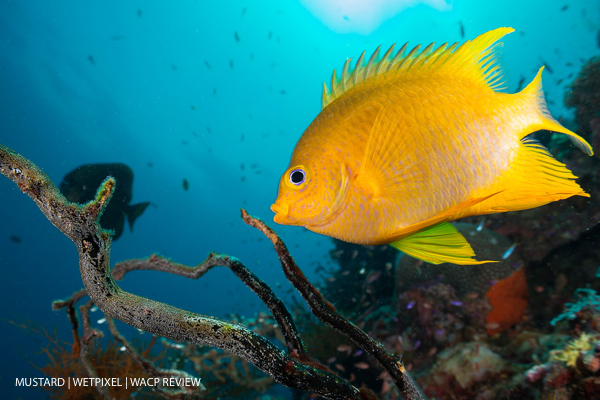
His thoughts are “when first handling the Nauticam WACP you may think it is heavy and bulky, but when compared to using the Nikon 16-35mm, extension rings and, say, a 230mm dome, there isn’t much between the size and weight. It certainly doesn’t replace the large dome and fisheye combination, as you still need that for split shots. For me the WACP is another tool to have in the bag, for super sharp wide angle photography with great versatility when combined with the old 28-70mm zoom. The close focus wide angle is amazing, standard wide angle amazing and then you have the zoom for sharks and other medium subjects.”
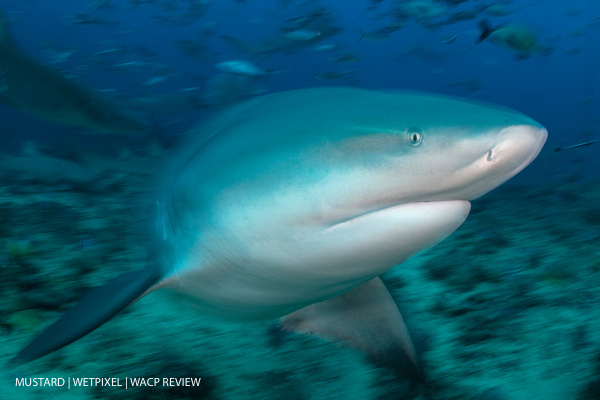
SHOOTING THE WACP IN THE OCEAN
As you have already gathered this article isn’t really a review, it is more of an introduction and explanation, with a side order of dome drone. However, I do want to cover what is the WACP like to use underwater? The answer is the same and different!
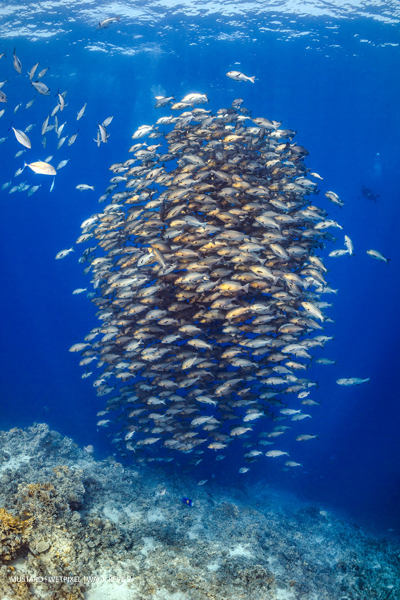
The WACP isn’t an accessory that you bolt onto your camera and it suddenly enables you to take completely new types of pictures. It can do this, but it needs a bit of brain recalibration first! If you just jump in and use the settings you usually use and shoot the subjects you usually shoot, it works. But the pictures look no different to normal on the back of the camera. OK, they look sharper than usual when you download them, but they are still the same shots! As you dive it more, you begin to challenge yourself to break away from your go-to settings and, in fact, the WACP frees you to use a much wider range than you normally would. This is where the lens is most exciting.
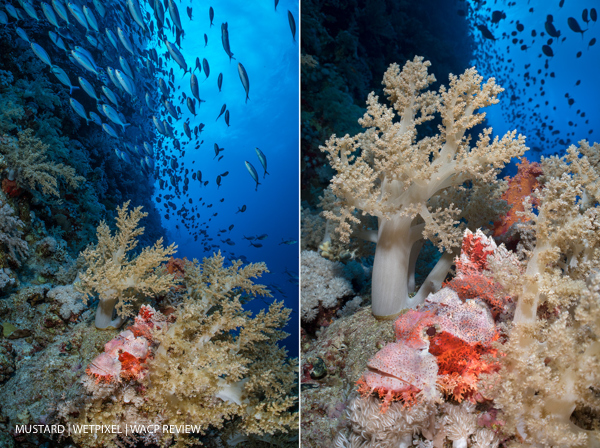
Shooting with the 28-70mm behind the WACP also gives the widest zoom range that I have used underwater (with excellent image quality throughout), which does take some getting used when searching for subjects. As an experienced shooter, I am used to developing selective vision underwater, only spotting subjects that are the right size for my lens. I had to unlearn this a little and be aware that there is far more I am able to shoot on a dive. I was able to shoot everything from large wreck scenes, down to frame fillers of medium sized critters.
I found the lens most suited to big animal dives. For example, in the Caribbean, it was excellent in Cuba for shooting sharks, groupers etc. It is also fantastic when diving a site for the first time and you are unsure what you will encounter or how close a particular creature will come. I found it a bit too narrow for shooting scenery when diving on Cayman’s beautiful walls, but that is something of a personal choice. It is also an excellent angle for shooting people underwater, wide enough to fit them in the frame, without the extreme distortion of a fisheye.
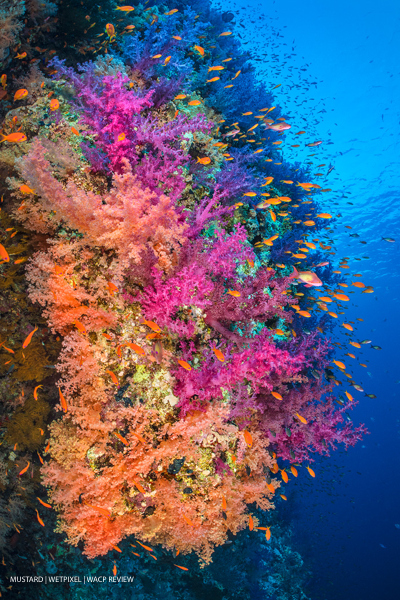
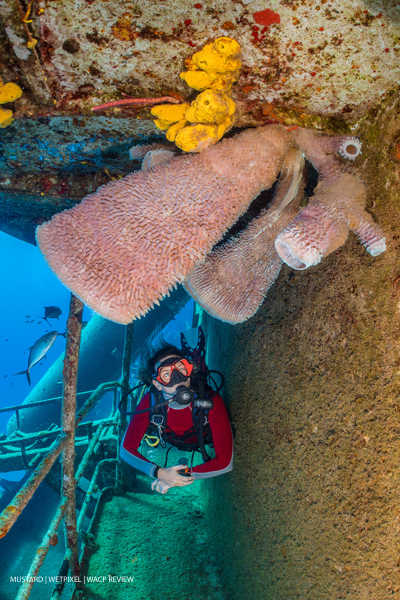
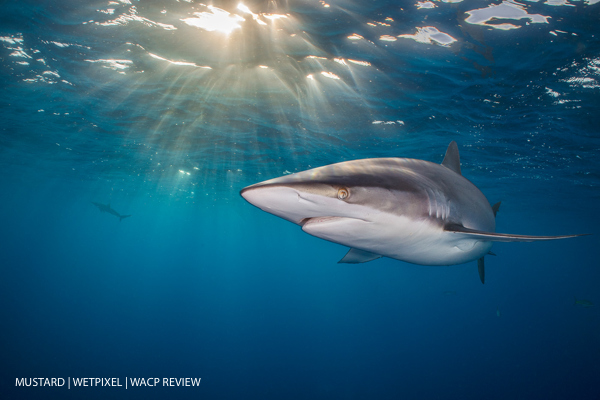
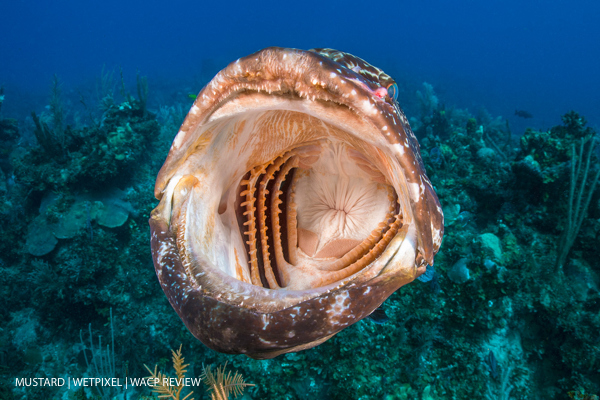
Finally, I should mention that attaching 3kg of glass to the front of your camera, where normally we have a large, air filled dome port, is a big change. Suddenly a rig that normally points up, wants to point down. Nauticam plan to release the lens with a custom buoyancy collar to compensate, although this will be quite large.
CONCLUSION
The WACP is a fascinating new product that delivers exceptional underwater image quality, and when used with a zoom lens, it provides a highly flexible optic in terms of FOV and aperture. Both of which take some adaptation to your technique to fully exploit.
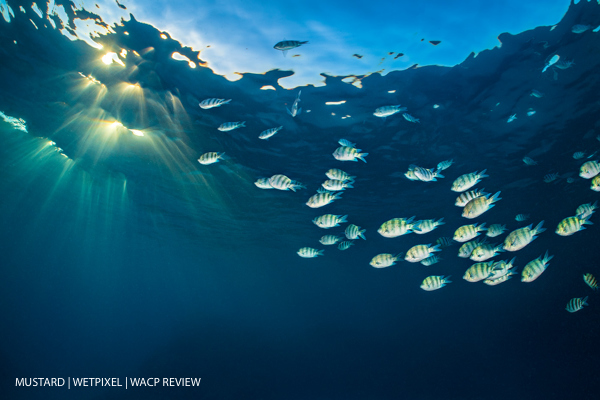
It also takes some mental-recalibration to attach a relatively inexpensive zoom lens to your camera as an upgrade to that expensive wide angle pro-lens! Although the price of the WACP (not yet announced) is likely to reassure those of us used to correlating cost with performance! Any world leading optic, that contains 3 kg of glass for one specific purpose, does not come cheap. The WACP also ideally complements the two other water contact optics that some already use for their superior image quality on full frame. The Nikonos RS-13mm at 175˚ (Nikon only) and the 90˚ 15 mm (manual focus only, Sony Mirrorless only). The WACP covers the range 130˚ to 57˚ as tested here, and is theoretically compatible with any camera and housing. When I started photography, I learned that using a zoom means gaining flexibility, but giving away image quality relative to a prime lens. This is another area that the WACP challenges perceived wisdom - now we can have a huge zoom range and better image quality at the same time. We really can have our cake and eat it.
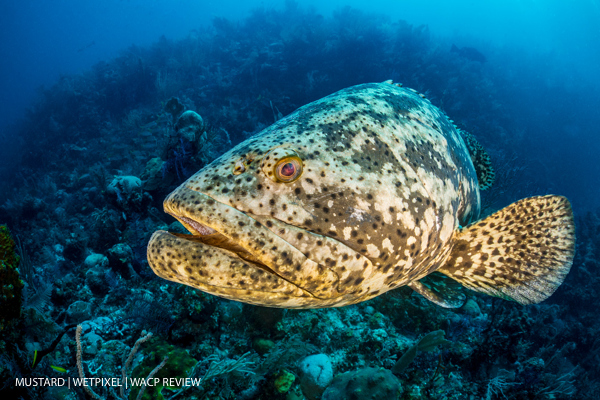
It is still very early days with the WACP. I don’t know whether it will be as valuable on a crop sensor SLR with an 18mm to something zoom. I can’t yet tell you what is the best 28mm lens to use it with on a FF Canon. And there may be some other excellent lens options for Nikon and Sony cameras, that haven’t been tried yet. Time will tell. From the 1960s underwater photographers started evolving from using flat ports to dome ports for their wide angle photos. Perhaps we are now at the start of a new era, where domes will give way to fully corrected water contact optics. Of course, we will still use flat ports and we’ll still use domes when they are the best option, but we’re lucky to have a new choice.
The WACP is clearly aimed at the most demanding users - primarily full frame stills photographers and high resolution video shooters. The WACP that I used for this article has just been sent on to the guys at the BBC, who have just finished filming Blue Planet II, to test. However, even for those who find the WACP is out of their price range can be encouraged because the technology is certain to percolate through underwater imaging. Perhaps the most important message to come from the analysis in this article is the reinforcing of an old photographic adage — that it is better to spend money on glass than cameras. We’re all keen to upgrade to the latest cameras, often spending $10,000+ for a new camera and housing to get the best image quality. However, what is clear is that megapixels are not the bottleneck for image quality underwater. Those that want the very best quality in wide angle images should be investing in the right glass. Currently that’s 3 kg worth!
In short, the WACP won’t make you a better photographer, but will make every picture you take better.
Page 1: Underwater optics issues and the WACP.
Page 2: How optics work underwater and dome ports.
Page 3: Water contact lens advantages and image results.
Page 4: Jason Isley’s comments, ocean images and conclusion.